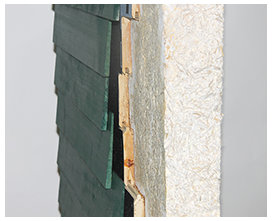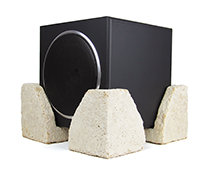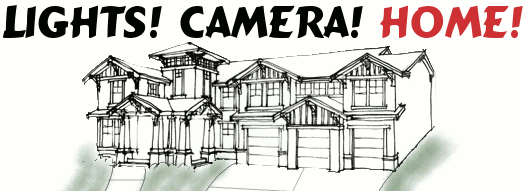Mushroom Wall Insulation
August 13, 2014By Lance Powers
With environmental concerns moving to the forefront of peoples' minds, we're seeing new and innovative construction techniques and materials. Home insulation is one of the products that is starting to make headway into a more environmentally safe and efficient direction. Green insulation options include sheep's wool, recycled denim and cellulose. The latest entry is mushroom insulation.
Mushroom insulation is not ready for prime time quite yet. It's more of an experiment from a company called Ecovative.

Ecovative currently grows mushroom-based packing materials that replace traditional foam versions. One example of the foam packing materials we're talking about are the foam block corners you might see packed inside a TV or computer shipping box that protect the contents as they are shipped. Ecovative sells these packing materials as a cost-effective and environmentally responsible replacement for the petrochemicals used in other foam and plastic packing materials.
Ecovative makes their products by starting with agricultural waste such as corn stalks or rice hulls. Mycelium, the root structure of mushrooms, is mixed in. The mycelium branches out as is grows, forming a matrix around the agricultural waste and forms a solid, strong structure. The final growing process takes place in a mold in the shape of the desired part. At the end of the growing process, everything is heat-treated to stop the growing process and to make sure no spores or allergens are produced.

While the mushroom packaging is a known quantity, the insulation is still in the experimental stage. In an experimental tiny house, the wall insulation was apparently grown in place in the wall, taking the place of traditional studs, something akin to a SIP panel.
This method of growing insulation in place will probably not be practical for most residential construction, but it appears that Ecovative plans to grow insulated sheathing that can be retrofitted on existing homes or used in new construction.
Image Credit: Ecovative
